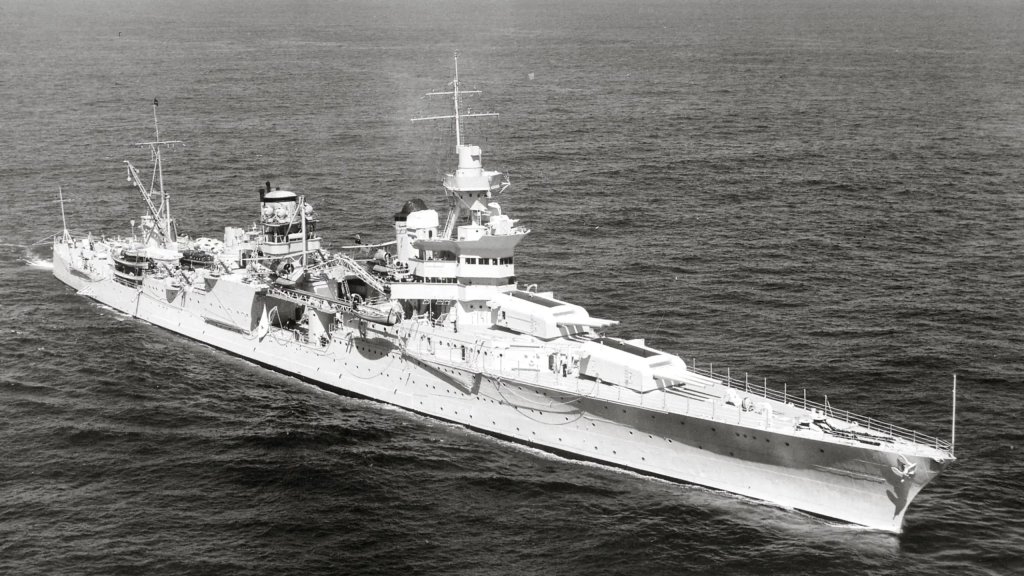

In 1945, the USS Indianapolis completed its top secret mission of delivering atomic bomb components to Tinian Island in the Pacific Theater of World War II. The heavy cruiser was sunk on its way to join a task force near Okinawa. Of the ship’s 1195 crewmembers, only 316 survived the sinking and the subsequent time adrift at sea in the middle of nowhere. Among the survivors was the captain of the Indianapolis, Charles B. McVay III.
McVay would be charged with negligence in the loss of the ship. Even though he was restored to active duty after his court-martial and retired a rear admiral, the guilt of the loss haunted him for the rest of his life. He committed suicide with his Navy revolver on his own front lawn with a toy sailor in his hand.

McVay did everything he could in the wake of the torpedoing of the Indianapolis. He sounded the alarm, giving the order to abandon ship and was one of the last men off. Many of the survivors of the sinking publicly stated he was not to blame for its loss. But this wasn’t enough for the family members of the ship’s crew, who hounded McVay year after year, blaming him for the loss of their sons.
The Navy was partly to blame. They didn’t warn Indianapolis that the submarine I-58 was operating along the area of the ship’s course to Okinawa. They also didn’t warn the ship to zigzag in its pattern to evade enemy submarines. When the Indianapolis radioed a distress signal, it was picked up by three Navy stations, who ignored the call because one was drunk, the other had a commander who didn’t want to be disturbed, and the last thought it was a trap.

Three and a half days later, the survivors were rescued from the open water, suffering from salt water poisoning, exposure, hypothermia, and the largest case of shark attacks ever recorded. It was truly a horrifying scene. The horror is what led to McVay’s court martial, one of very few commanders to face such a trial concerning the loss of a ship. Even though the Japanese commander of I-58, the man who actually destroyed the Indianapolis, told the U.S. Navy that standard Navy evasion techniques would not have worked – Indianapolis was doomed from the get-go. Even that didn’t satisfy McVay’s critics.
It wasn’t until sixth-grader Hunter Scott began a history project in school about the sinking of the Indianapolis. He poured through official Navy documents until he found the evidence he needed to conclusively prove that McVay wasn’t responsible for the loss of his ship. His project caught the attention of then-Congressman Joe Scarborough and Speaker of the House Newt Gingrich who helped pass a Congressional resolution exonerating McVay. It was signed by President Bill Clinton in 2000.

Hunter Scott, the onetime sixth-grader and eternal friend to the crew of the Indianapolis, is now a naval aviator. He attended the University of North Carolina on a Navy ROTC scholarship and joined active duty in 2007. He even spoke at the dedication of the National World War II Memorial in Washington, D.C.
Feature image: US Navy photo
